Introduction
What Are Ferrets Related To: Ferrets, those curious and playful creatures with their distinctive elongated bodies and mischievous personalities, have long intrigued both animal enthusiasts and scientists alike. While they may appear to be a unique and independent species, ferrets spines are actually closely related to several other animals within the animal kingdom. Their evolutionary lineage places them within the Mustelidae family, a diverse group that includes a wide array of carnivorous mammals. In this introduction, we will explore the fascinating world of ferrets and their relationships within the Mustelidae family, shedding light on the intriguing connections that link them to other well-known members of this fascinating taxonomic group. Within the Mustelidae family, ferrets share a common ancestry with a variety of carnivorous relatives, many of which possess similar physical characteristics and hunting instincts.
Some of their closest relatives include stoats, weasels, badgers, and otters. While these animals may differ in size, habitat, and behavior, they all share certain fundamental traits, such as a keen sense of smell, sharp teeth, and a carnivorous diet. Despite these shared characteristics, each member of the Mustelidae family has evolved to adapt to specific niches and ecological roles, leading to a remarkable diversity within the group. Some are skilled burrowers, like the short-tailed weasel, while others are expert swimmers, exemplified by the agile otter. Ferrets, in particular, have been domesticated over centuries for their hunting abilities and have developed a unique relationship with humans.
As we delve deeper into the world of ferrets and their relatives, we will uncover the intriguing evolutionary history, behaviors, and roles that these animals play within their ecosystems, shedding light on their interconnectedness within the Mustelidae family tree. The Mustelidae family, often referred to as mustelids, encompasses a remarkable range of adaptations and lifestyles among its members. Ferrets, for instance, have been selectively bred for various purposes, primarily as domesticated pets and skilled hunters of small rodents. Their playful demeanor and inquisitive nature have made them beloved companions to many people worldwide. Otters, on the other hand, are celebrated for their sleek aquatic skills, spending much of their lives in rivers and oceans, hunting for fish with their webbed feet and sharp teeth.
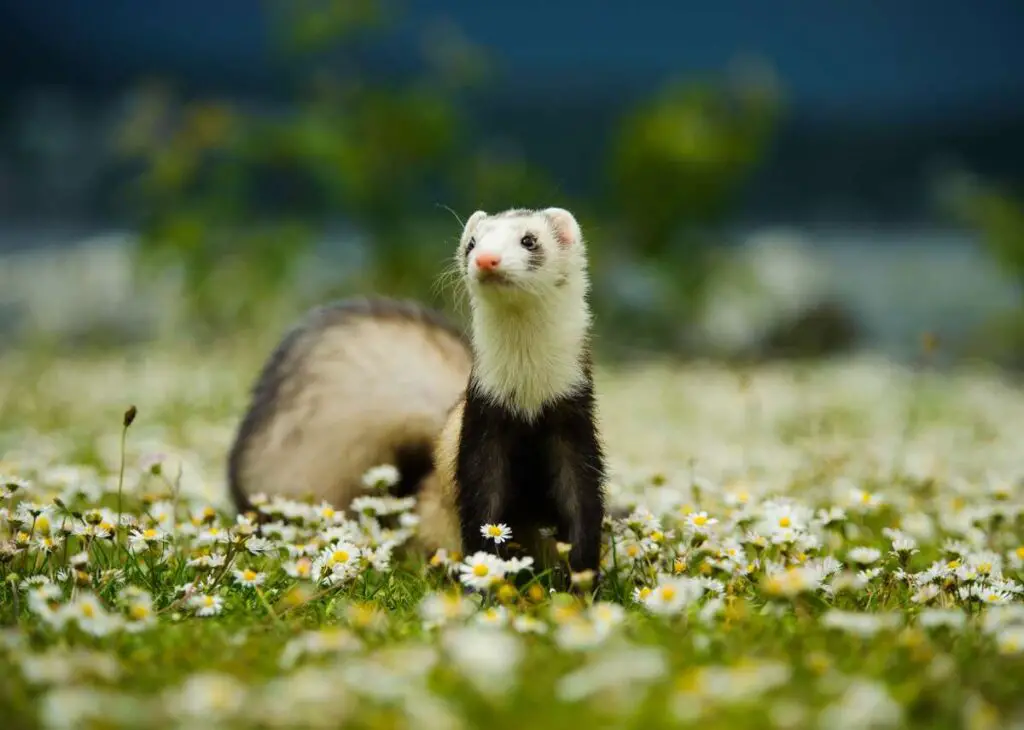
Are ferrets more closely related to cats or dogs?
“Mustelids belong to the large order Carnivora, which means they are actually more closely related to other members of Carnivora, like dogs, cats and bears, than to rats and mice.” Other members in the weasel family include polecats, badgers, minks, martens, black-footed ferrets, wolverines and otters.
Ferrets, scientifically known as Mustela putorius furo, belong to the Mustelidae family. This family encompasses a diverse group of carnivorous mammals, including not only ferrets but also animals like stoats, weasels, badgers, otters, and martens. While some mustelids might bear a passing resemblance to cats or dogs in terms of physical characteristics or behaviors, ferrets themselves are not more closely related to either of these two groups.
Instead, ferrets share a common ancestor with other mustelids, and their closest relatives within the Mustelidae family are typically stoats and weasels. These animals are collectively referred to as mustelids because they share common characteristics such as sharp teeth, keen senses, and a carnivorous diet. This common ancestry places ferrets firmly within the Mustelidae family tree, making them more closely related to their fellow mustelids than to cats or dogs.
Cats and dogs, on the other hand, belong to entirely different families and orders within the animal kingdom. Cats belong to the Felidae family and the order Carnivora, while dogs belong to the Canidae family and the same order, Carnivora. Despite occasional similarities in behavior or appearance, such as the feline-like grace of some mustelids or the social nature of certain canids, these are distinct evolutionary lineages.
Are ferrets rats or cats?
Ferrets aren’t rodents – they are actually part of the weasel family! Ferrets are playful and affectionate like dogs and independent like cats, making them a perfect companion for some people. Ferrets are social! It is often recommended to have two (or more) as they like to play together.
Ferrets
Ferrets belong to the Mustelidae family, which includes animals like stoats, weasels, badgers, and otters. They are domesticated descendants of the European polecat, Mustela putorius. Ferrets have elongated bodies, a sleek coat, and a face with whiskers, making them visually distinct from both rats and cats. They are carnivorous mammals, primarily used for hunting small prey, such as rodents, due to their agility and sharp teeth. Ferrets are kept as pets for their playful and social nature.
Rats
Rats are rodents, belonging to the family Muridae. Common domesticated rats are often referred to as “fancy rats.” They have small, round bodies, long tails, and prominent incisors that grow continuously. Rats are omnivorous and known for their intelligence, often used in scientific research. While rats and ferrets are both kept as pets, they are distinct species with different appearances and behaviors.
Cats
Cats belong to the family Felidae and are part of the order Carnivora. They are known for their retractable claws, sharp teeth, and carnivorous diet. Cats are independent and solitary animals, characterized by their agility and strong hunting instincts. Domestic cats have been companions to humans for thousands of years and come in various breeds, sizes, and coat patterns.
Are ferrets friendly?
Ferrets have an inquisitive and playful nature. They can learn to see humans as companions and form a strong bond with their owners. This makes them a popular pet choice because of their sociable and charming character.
Social Nature
Ferrets are highly social animals by nature. In the wild, they live in groups called “businesses” or “kits” and rely on social interactions for play, grooming, and communication. Domestic ferrets retain this social behavior and thrive on human interaction. They often form strong bonds with their owners and enjoy being part of the family.
Playfulness
One of the endearing qualities of ferrets is their playful and curious nature. They are known for their love of toys, tunnels, and interactive games. Their boundless energy and eagerness to explore make them entertaining and engaging companions.
Affectionate Behavior
Many ferrets display affectionate behaviors toward their human caregivers. They may cuddle, lick, and even “dance” when they are excited or happy. Ferrets often seek attention and enjoy being petted and held, although their preferences can vary among individuals.
Why do cats not like ferrets?
Ferrets are small, like prey, but they don’t act or smell like prey. Ferrets hop up and down alarmingly. They sneak up and try to burrow into soft cat fur. So cats frequently decide whatever this thing is, it’s to be avoided.
Predatory Instincts
Cats are natural hunters with strong predatory instincts. They may perceive ferrets, especially young or small ones, as potential prey due to their size and movement. Even if a cat doesn’t intend to harm a ferret, its instinct to chase or pounce on smaller animals can cause stress or fear in the ferret.
Different Communication Styles
Cats and ferrets communicate differently. Cats may interpret ferret behaviors, such as playfulness or curiosity, in a way that doesn’t align with their own social cues. Misinterpretations of body language or vocalizations can lead to misunderstandings between the two species.
Territory and Dominance
Both cats and ferrets can be territorial animals. Introducing a new pet, whether it’s a cat or a ferret, into a household with an existing resident pet can lead to territorial disputes. Cats may view ferrets as intruders and assert dominance or exhibit territorial behaviors.
Are ferrets OK with dogs?
Dogs and Ferrets
You must carefully consider a dog’s temperament before introducing him or her to a ferret. Many dogs will be fine with ferrets but some dog breeds (such as some terriers) were bred for the purpose of hunting small game, so they might be tempted to chase ferrets instinctively.
Proper socialization is key. If you’re considering adding a ferret to a household with a resident dog, or vice versa, it’s ideal if both animals have been well-socialized from a young age. Early socialization helps them learn to tolerate and interact with each other.
The breed of the dog can play a role. Some dog breeds have strong hunting instincts and may view ferrets as prey. Breeds with a history of hunting small animals, such as terriers or hounds, may require extra caution and supervision.
Consider the size difference between the ferret and the dog. Smaller dog breeds might be more likely to see a ferret as prey, while larger dogs could accidentally harm a ferret in play.
Always supervise interactions between ferrets and dogs, especially during the initial introductions. This ensures that you can intervene if necessary to prevent any aggressive behavior or accidents.
Are ferrets loyal like dogs?
Ferrets are very inquisitive, very curious, very active pets and even a munchkin that can tend to get into trouble from time to time. With that being said, ferrets are very loyal, playful, and can easily be a pet that you can form a very strong bond with.
Ferrets and dogs are both known for their social and affectionate nature, and they can form strong bonds with their human caregivers. While ferrets and dogs display loyalty in their own unique ways, the nature of their loyalty differs due to their distinct personalities and evolutionary backgrounds.
Social Creatures: Ferrets are inherently social animals. They thrive on interaction with their human companions and can form deep emotional connections.
Bonding: Ferrets often become strongly attached to their owners and enjoy being close to them. They may follow their owners around, seek attention, and even cuddle.
Playfulness: Ferrets exhibit their loyalty through playfulness and curiosity. They engage in games, explore their surroundings, and often involve their owners in these activities.
Vocalization: Some ferrets show their loyalty by vocalizing their feelings. They might make affectionate clucking or purring sounds when content and happy.
Can ferrets befriend cats?
Cats and ferrets can make a good team
Unlike cats and guinea pigs or cats and rabbits, cats and ferrets can get along quite well. These two species are similar in several ways: They’re both hunters, obligate carnivores, and crepuscular. Ferrets can even be trained to use a litter box!
Slow and Supervised Introductions: When introducing a ferret to a resident cat (or vice versa), take it slow. Use a controlled environment and have both animals on leashes or in separate crates initially. Gradually allow them to become accustomed to each other’s presence.
Positive Associations: Use treats, praise, and rewards to create positive associations with each other. Offer treats to both the cat and the ferret when they exhibit calm and non-aggressive behavior around one another.
Provide Escape Routes: Ensure both the cat and the ferret have access to escape routes or safe spaces where they can retreat if they feel overwhelmed or need a break from interaction.
Individual Personalities: Keep in mind that the success of their relationship depends largely on their individual personalities. Some cats and ferrets may be more naturally tolerant and accepting of each other, while others may need more time to adjust.
Are ferrets happy animals?
Endlessly entertaining, ferrets are great fun as pets and love being around their human and, once you and your ferrets are used to each other, you’ll have lots of fun times together.
Ferrets are highly social animals. In the wild, they live in groups and rely on social interactions for play and companionship. Domestic ferrets also thrive when they have the opportunity to socialize and engage with their human caregivers and other ferrets. Loneliness can lead to unhappiness.
Ferrets are intelligent and active creatures. They require mental and physical stimulation to remain happy. Providing a variety of toys, tunnels, and opportunities for exploration can help keep ferrets engaged and content.
Ferrets have a natural inclination for play. Their playfulness is not only entertaining but also an expression of their happiness. Owners often find joy in observing their ferrets frolicking and engaging in playful antics.
A clean, safe, and comfortable living environment is essential for a ferret’s well-being. Adequate space, cozy bedding, and appropriate temperature control are factors that contribute to their happiness.
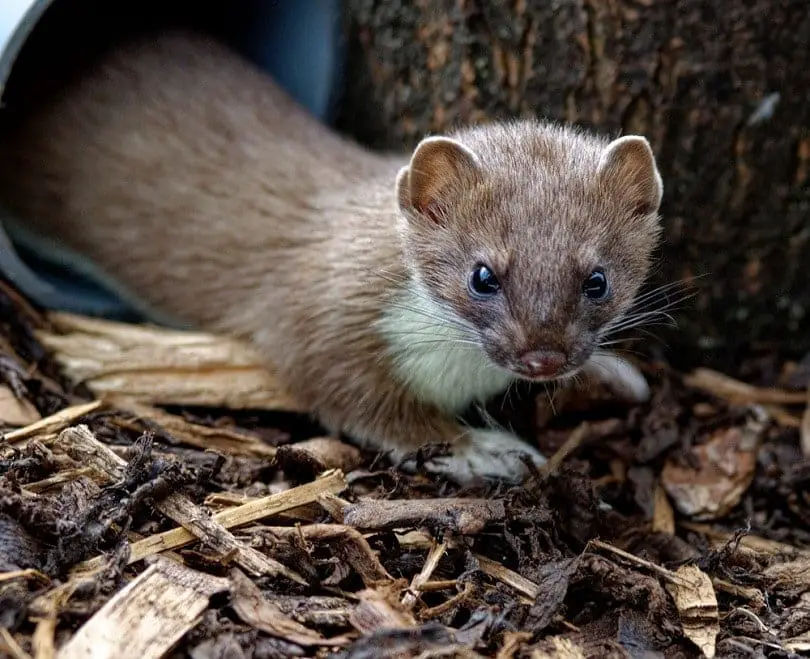
Conclusion
Ferrets, those endearing and spirited creatures, find themselves in the company of a diverse and fascinating family known as the Mustelidae. While they may stand out with their long bodies and curious personalities, ferrets share their evolutionary lineage with an array of carnivorous relatives, including stoats, weasels, badgers, and otters. This intricate web of connections within the Mustelidae family showcases the incredible adaptability of these animals, each having carved out its own niche and unique set of skills in the natural world. From the playful domestic ferret to the digging prowess of badgers and the aquatic finesse of otters, these creatures exemplify the rich tapestry of life on Earth. Exploring the relationships and common traits that bind them together not only deepens our understanding of their biology but also highlights the beauty of biodiversity.
Ferrets, in their kinship with other mustelids, remind us of the astonishing complexity of the animal kingdom and the wonder that it continues to inspire in both scientists and animal enthusiasts alike. Furthermore, the study of ferret animals and their relatives within the Mustelidae family serves as a reminder of the interconnectedness of all life forms on our planet. While each species has evolved to thrive in its own specific environment and fulfill distinct ecological roles, they collectively contribute to the delicate balance of ecosystems around the world. Understanding these relationships not only provides insights into the fascinating world of mustelids but also underscores the importance of conservation efforts. Many of these animals face various threats, including habitat loss and climate change, which could disrupt the intricate web of life they are a part of.
By appreciating the common ancestry and shared traits among ferrets and their relatives, we are better equipped to appreciate and protect the diversity of life on Earth. In essence, the story of what ferrets are related to is a story of life itself, showcasing the incredible diversity, resilience, and beauty of the natural world. It encourages us to continue exploring, learning, and safeguarding the rich tapestry of life that surrounds us. These diverse mustelids have also had an enduring impact on human history. Ferrets, for instance, have been used as hunting companions for centuries, while the fur of some mustelids has been sought after for clothing. This historical interplay between humans and mustelids highlights the ways in which these animals have shaped and enriched our culture and traditions.

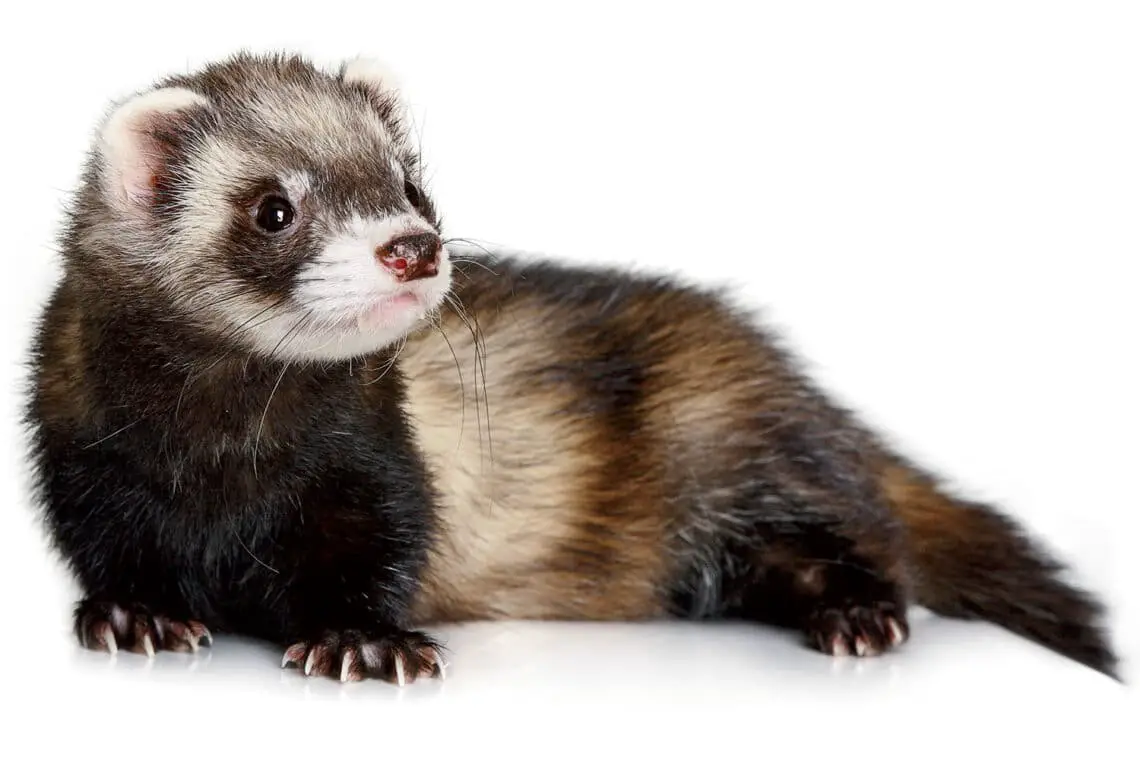
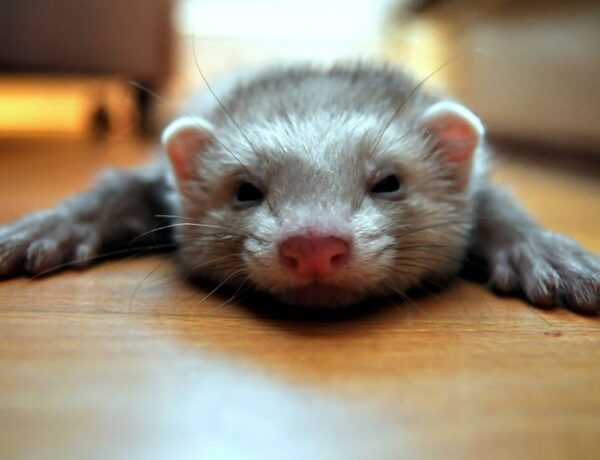
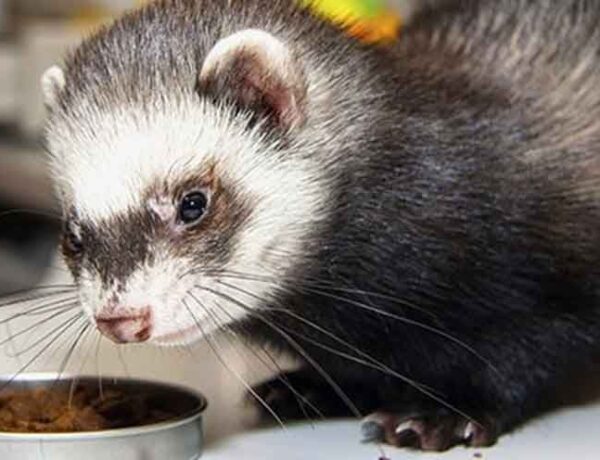
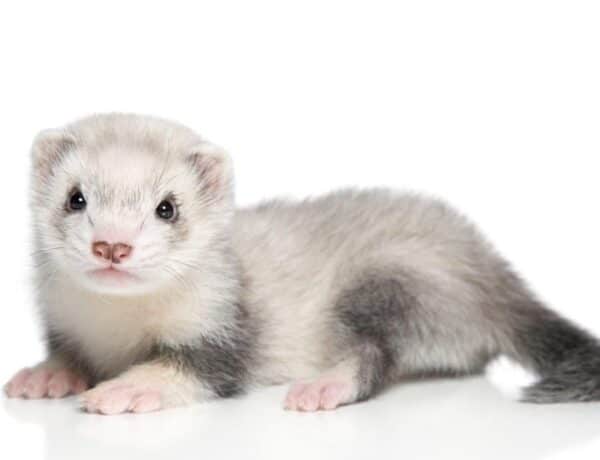
No Comments